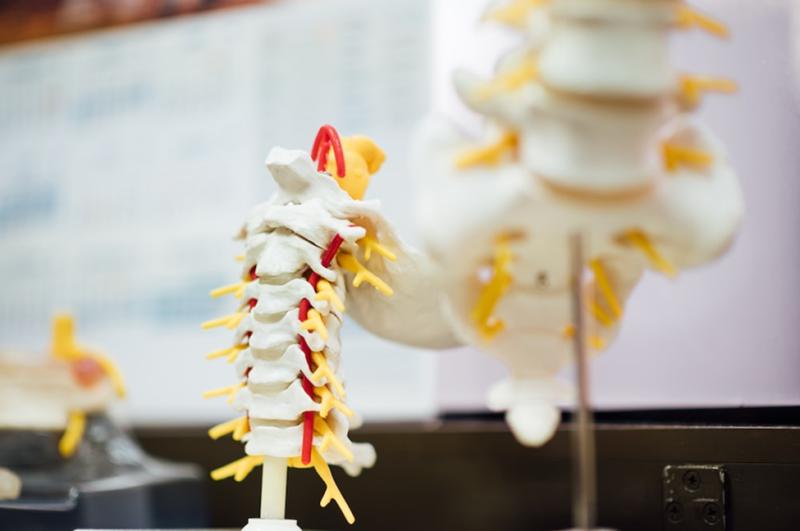A Guide to Being More Mobile After a Spinal Injury

Spinal cord injuries can change people’s lives forever. In most cases, the injuries are permanent, and sufferers must learn how to live their lives entirely differently than they’re used to. If you’ve experienced a spinal injury that has resulted in paralysis and other long-term complications, you might think you’re destined to live with minimal movement. However, you might be on the path to leading a much more mobile life than you expected by taking the following actions:
Enter a Spinal Cord Injury Rehabilitation Center
Spinal cord injury rehabilitation centers, also known as SCI rehab facilities, are often recommended once healthcare professionals are confident they’ve protected your vital functions and prevented further damage.
Once the ‘emergency’ phase of your care is complete, you can work with rehab professionals on physical therapy and exercises to support your spine and disc rehabilitation. While you might not gain much or any movement immediately or at all, rehab providers can provide you with the tools and knowledge you need for independent living.
Focus On Stretching
When you’re not able to move your muscles and joints as well as you used to, it’s not uncommon for them to experience stiffness and tightness. Keep that discomfort to a minimum by prioritizing regular stretching. Your chosen SCI rehab facility will likely provide helpful information on an excellent flexibility program to help you stretch all your major muscle groups.
Most experts recommend starting with the shoulders, moving down to the hips, and finishing with the knees and ankles. These are generally the parts of the body that experience the most tightness after a spinal injury. If you’re not able to stretch these areas on your own, seek help from a trainer, family member, or friend. Aim to stretch each muscle group twice for at least 30 seconds every day.
Try Strength Training
Strength training can be necessary after a spinal cord injury due to the risk of muscle atrophy and bone loss. You might be able to maintain some strength and muscle function by prioritizing regular strength training with the muscles you have control of. Aim to perform each exercise at least 10 times in one or two sets. Many people keep training until they get to a point where they can’t complete a rep without help.
Explore Aerobic Exercise
Cardiovascular health is as important as bone and muscle health after a spinal cord injury. Talk with your chosen spinal cord injury specialist about the best aerobic exercises for your unique needs. As everyone’s spinal cord injuries differ, the most suitable aerobic exercises can also vary. Many people living with SCI often find the following aerobic exercises helpful:
- Rowing
- Circuit training
- Swimming
- Wheelchair basketball
- Hand cycling
As hard as it can be to start performing aerobic exercises when you’re not used to them, you might be surprised by how helpful they can be. Studies have found that short-term arm aerobic exercises performed by patients with SCI improved their exercise capacities.
Being more mobile after a spinal injury might seem impossible. This can be especially true if you’re only just coming to grips with your injury and are experiencing mental health challenges. However, with guidance from a healthcare professional, these exercise types above might put you on the path to leading a more active lifestyle.
Previous Posts: